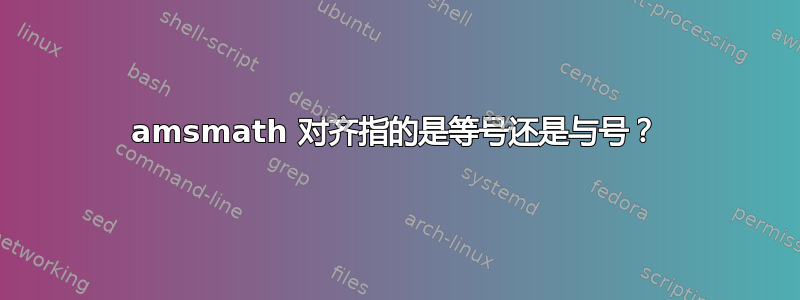
我想知道为什么aligned环境将右边的等式与等号对齐,而不是与Nuand之前的代码中给出的 & 符号对齐Sh。此代码实际上产生了我想要的输出。但我需要了解为什么它在更复杂的情况下这样做。以下是代码和输出:
\usepackage{amsmath}
\begin{equation}
\begin{aligned}[c]
Nu*&=2+\frac{Nu_0-2}{F_T};\hspace{3cm}&Nu_0=2+0.552Re^{1/2}Pr^{1/3}\\
Sh*&=2+\frac{Sh_0-2}{F_M};&Sh_0=2+0.552Re^{1/2}Sc^{1/3}
\end{aligned}
\end{equation}
答案1
在示例中,它们&的位置不正确,第二个 = 没有对齐,这些术语被设置为右对齐,因此 = 看起来对齐只是因为这些术语的长度相似。如果你延长一个,你会看到
\documentclass{article}
\usepackage{amsmath}
\begin{document}
\begin{equation}
\begin{aligned}[c]
Nu*&=2+\frac{Nu_0-2}{F_T};\hspace{3cm}&Nu_0=2+0.552Re^{1/2}Prr^{1/3}\\
Sh*&=2+\frac{Sh_0-2}{F_M};&Sh_0=2+0.552Re^{1/2}Sc^{1/3}
\end{aligned}
\end{equation}
\end{document}
应该&始终放在等式的左边和方程之间,以便
\documentclass{article}
\usepackage{amsmath}
\begin{document}
\begin{equation}
\begin{aligned}[c]
Nu*&=2+\frac{Nu_0-2}{F_T};\hspace{2cm}&Nu_0&=2+0.552Re^{1/2}Prr^{1/3}\\
Sh*&=2+\frac{Sh_0-2}{F_M};&Sh_0&=2+0.552Re^{1/2}Sc^{1/3}
\end{aligned}
\end{equation}
\end{document}
AMS 对齐的工作方式类似于array列规范,{rlrlrlrlrl}因此每个关系左侧的项向右对齐,朝向关系,而右侧的项(包括关系)向左对齐。





